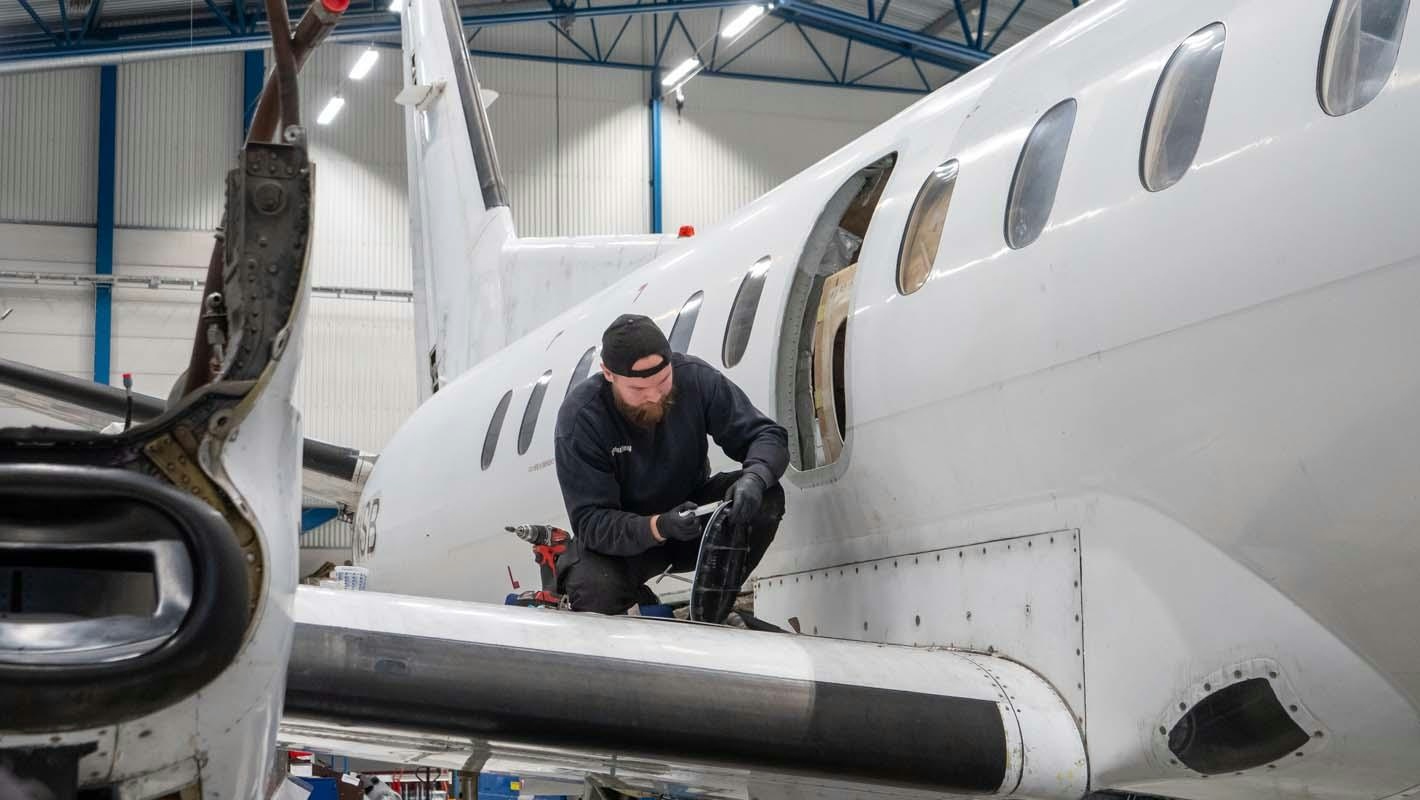
AeroGenie: Su copiloto inteligente.
Tendencias
Categories
Icelandair to Retire Boeing 767 Fleet by End of 2026
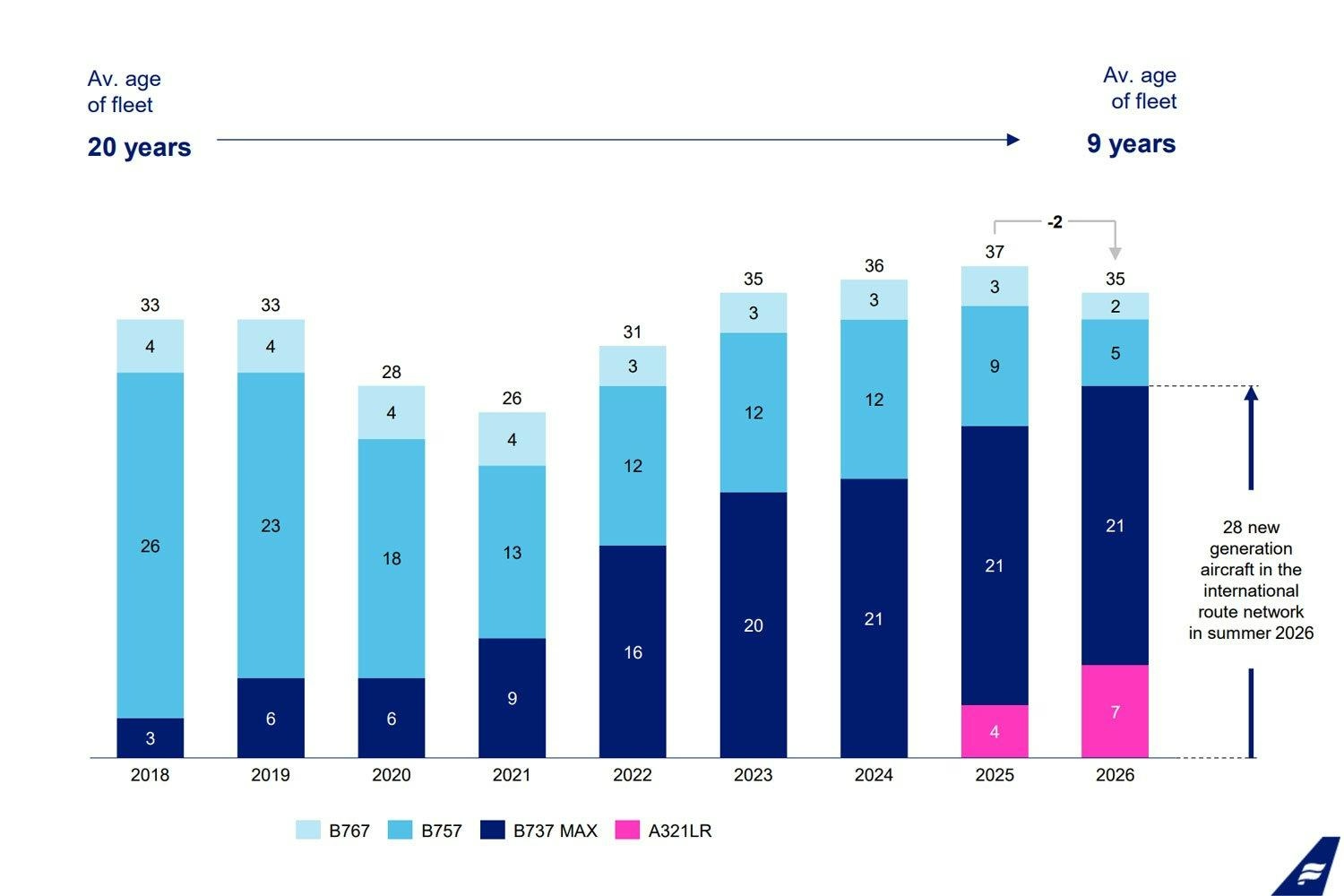
Icelandair to Retire Boeing 767 Fleet by End of 2026
Icelandair has announced plans to retire its entire Boeing 767-300 fleet by the end of 2026, accelerating the phase-out of its widebody aircraft as part of a comprehensive restructuring strategy. This decision, revealed alongside the airline’s third-quarter 2025 financial results, represents a pivotal shift aimed at restoring profitability after eight consecutive years of financial losses.
Financial Performance and Strategic Focus
The airline reported third-quarter revenue of $585 million, marking a 6% increase compared to the same period last year. Despite this growth, net profit declined to $57 million, down $12 million from the previous year, highlighting persistent financial challenges. Chief Executive Bogi Nils Bogason emphasized that the company’s foremost objective remains achieving sustained profitability by 2026.
Icelandair attributes its rising operational costs to factors including a strengthening Icelandic krona, increased wage expenses, and broader inflationary pressures. In response, the airline is advancing a fleet simplification initiative, which involves retiring three Boeing 757s and one 767 by the end of 2025, followed by an additional four 757s and two 767s in 2026. By mid-2026, the carrier expects to operate a streamlined fleet of 41 aircraft, consisting exclusively of narrowbody types: 21 Boeing 737 MAX jets and seven Airbus A321LRs.
Fleet Restructuring and Market Positioning
This accelerated retirement timeline moves forward the previously scheduled 2029 phase-out of the 767s, aligning with Icelandair’s renewed emphasis on point-to-point markets and operational efficiency. The airline plans to reduce its overall fleet size by two aircraft in 2026 as part of a broader transformation program designed to stabilize its financial position.
Despite the reduction in fleet size, Icelandair projects a 2% increase in capacity for 2026, reflecting efforts to optimize aircraft utilization and route planning. These changes are unfolding amid a shifting competitive landscape, as several rivals have exited the Icelandic market, presenting both challenges and opportunities for the carrier.
Market reactions to Icelandair’s restructuring have been mixed. Some investors are reportedly exploring acquisitions of other struggling airlines, reflecting broader uncertainty within the sector. Competitor responses remain largely speculative. Nevertheless, Icelandair’s strategy aligns with a wider industry trend toward fleet consolidation and enhanced efficiency. For instance, the Lufthansa Group recently announced plans to retire six long-haul aircraft types by 2030, underscoring a sector-wide move toward simplified and more cost-effective fleets.
Icelandair’s leadership maintains that these decisive measures are essential to returning the airline to sustainable profitability and positioning it competitively within a rapidly evolving aviation environment.
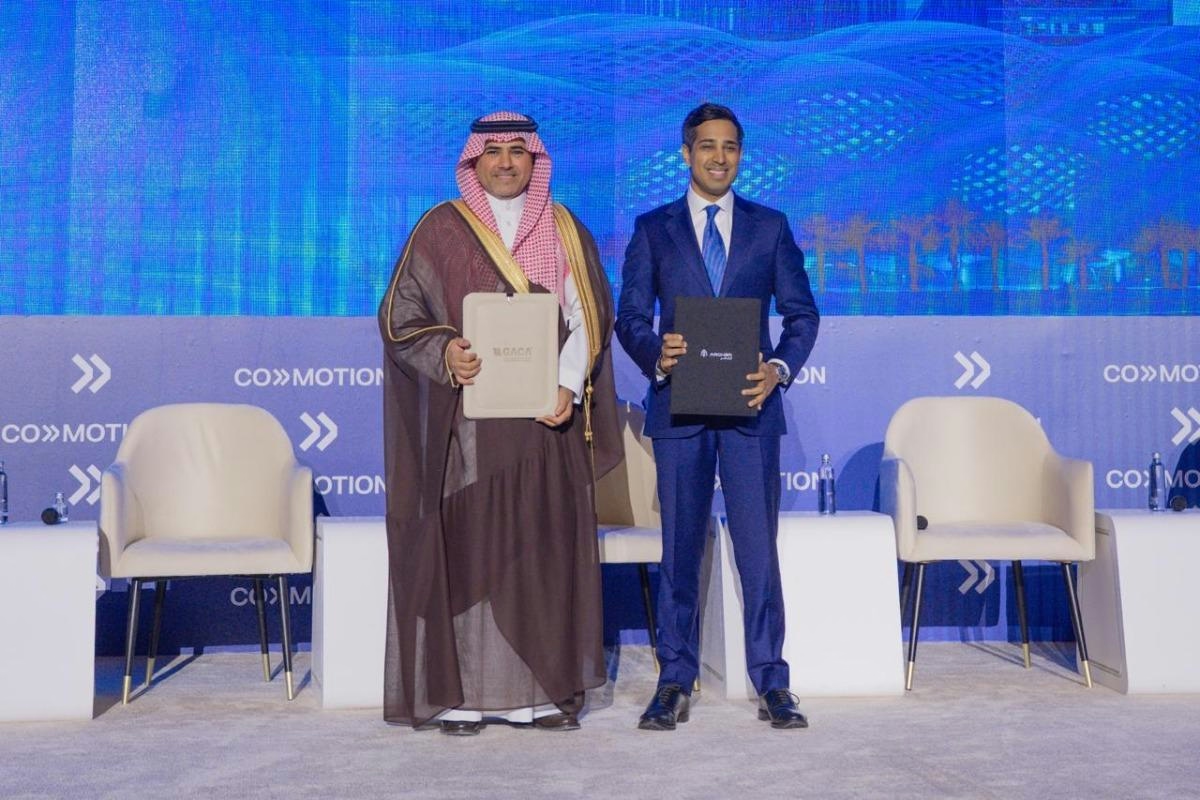
GACA and Archer Sign MoU to Advance Air Taxi Deployment

Environment, Health, and Safety Software for Aviation and Aerospace
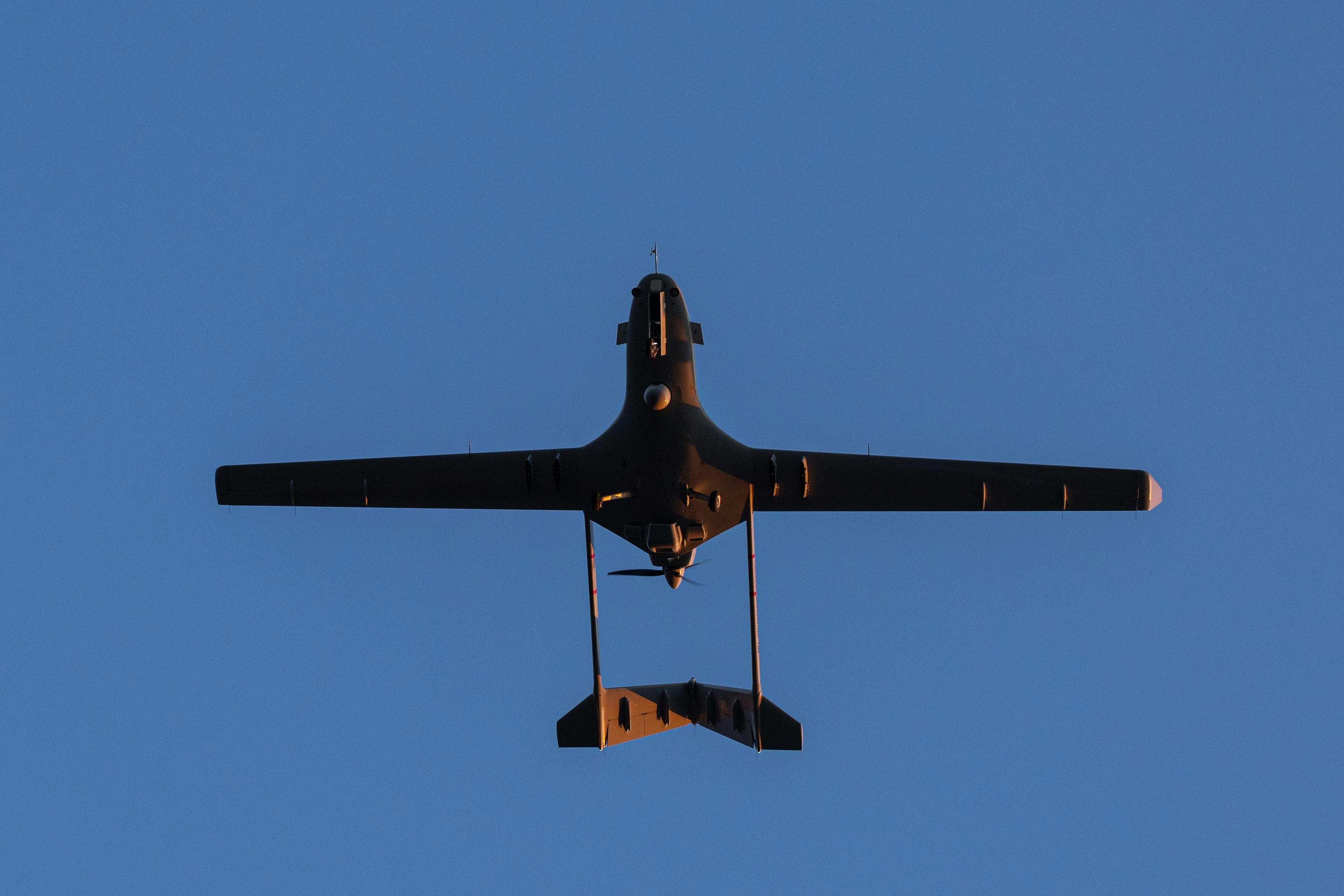
AI Enhances Aircraft Weight and Balance Safety
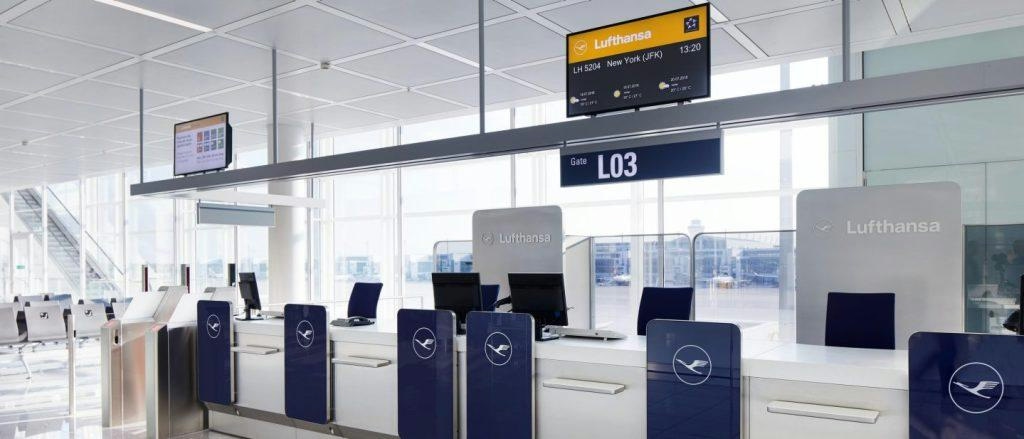
AI's Impact on Travel Industry Jobs
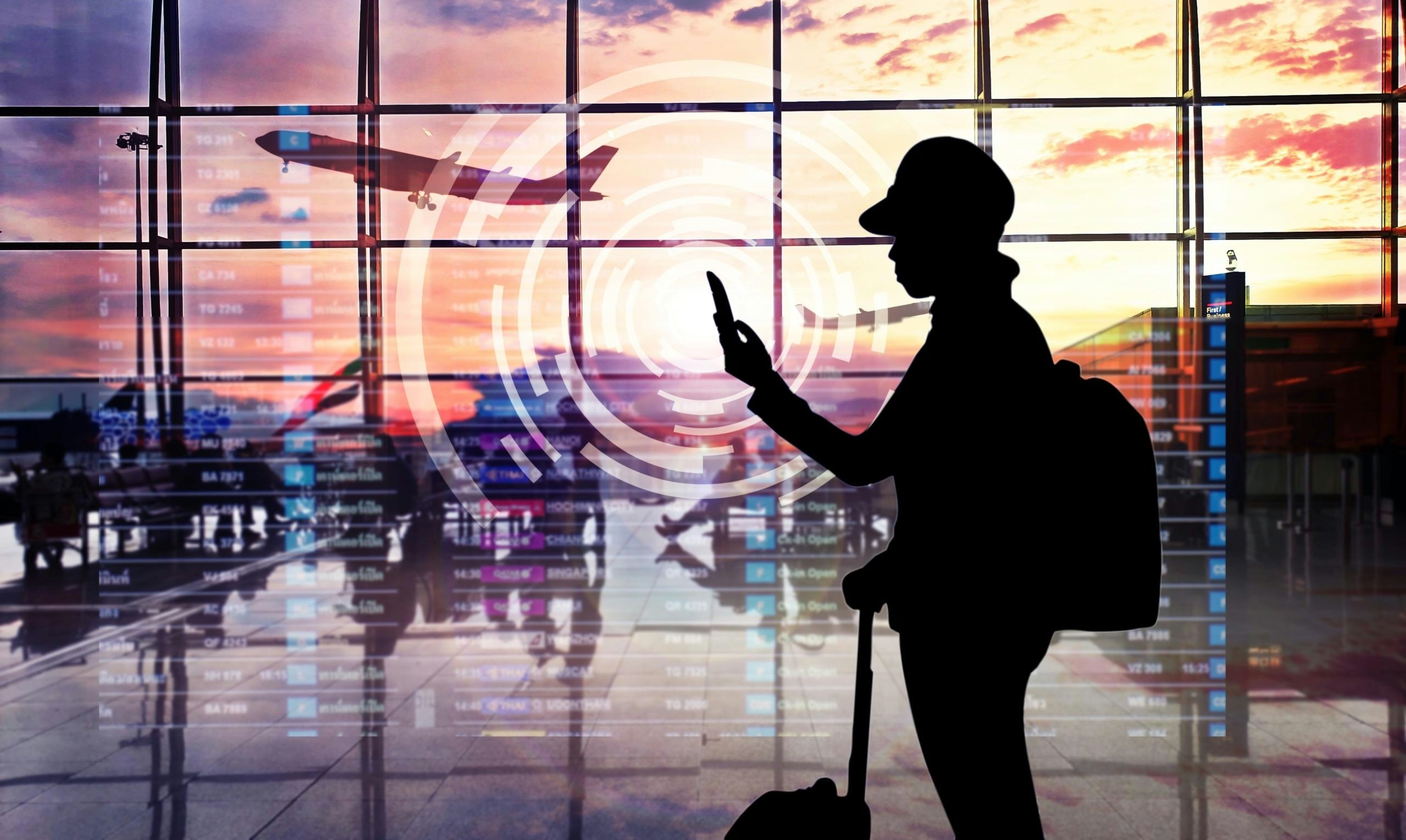
Airlines to Increase Use of AI in Setting Fares by 2026
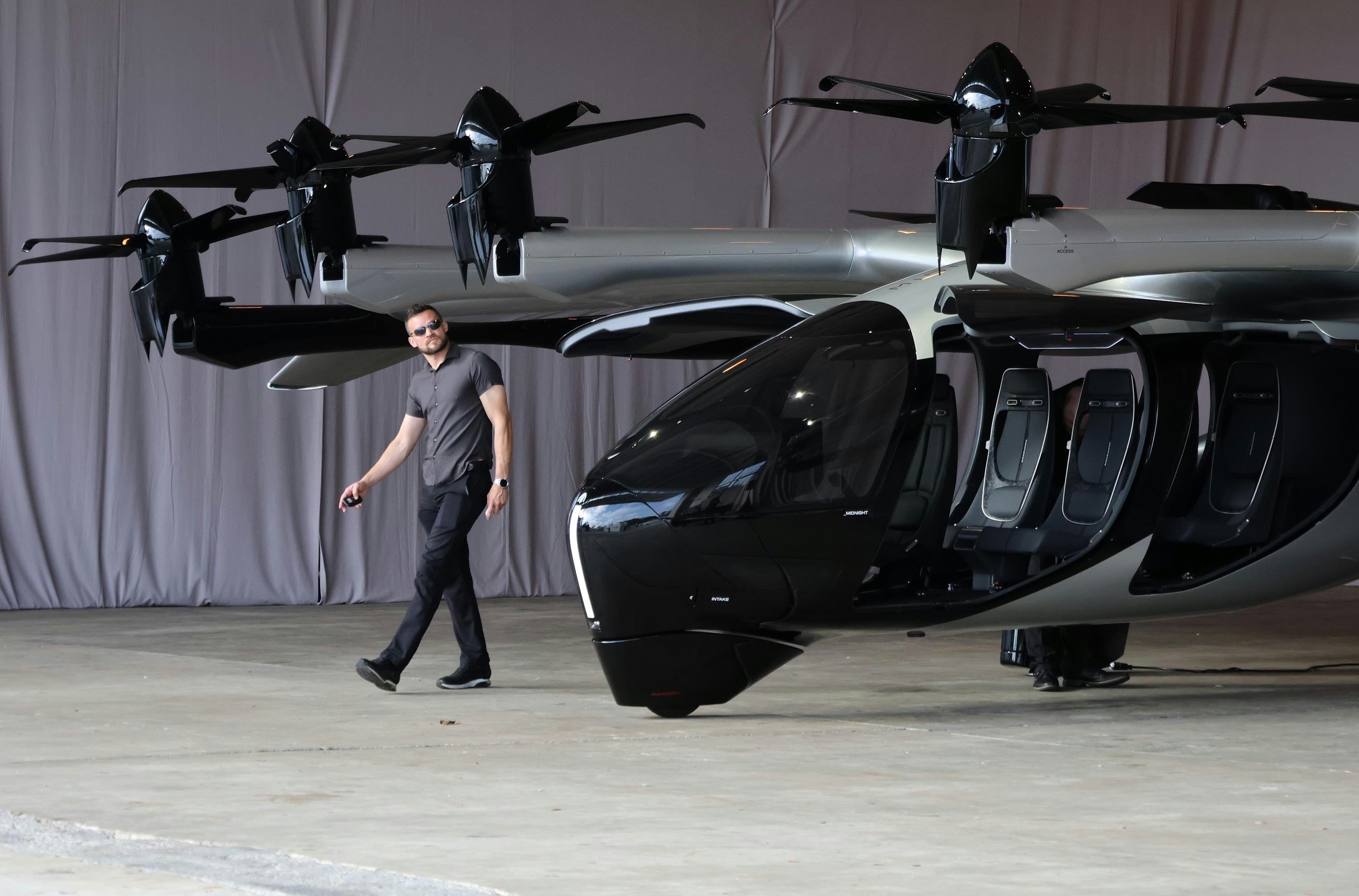
Archer Aviation Shares Rise 15% Following Miami Air Taxi Initiative and Tiltrotor Deal
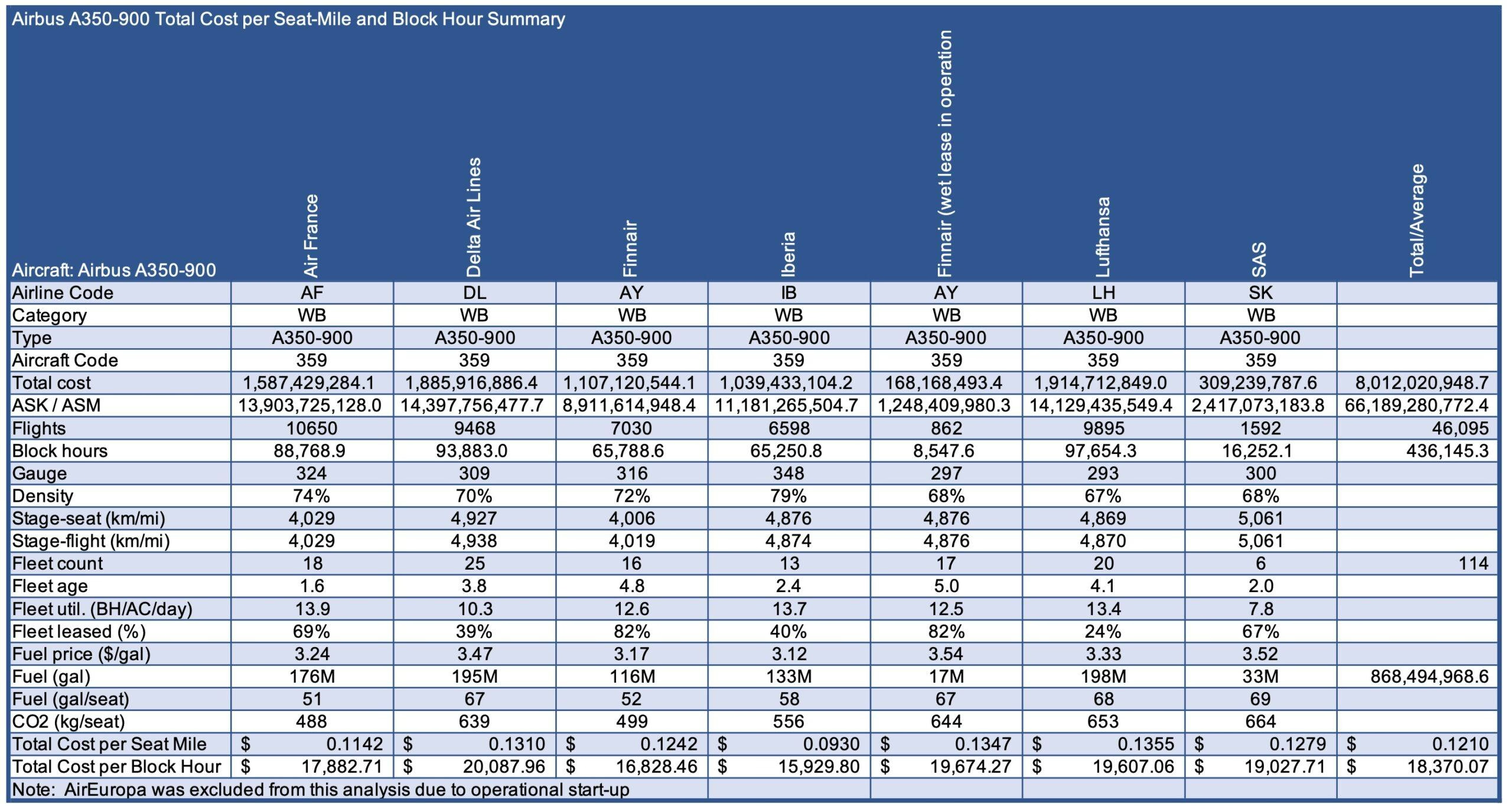
The Cost of an Airbus A350
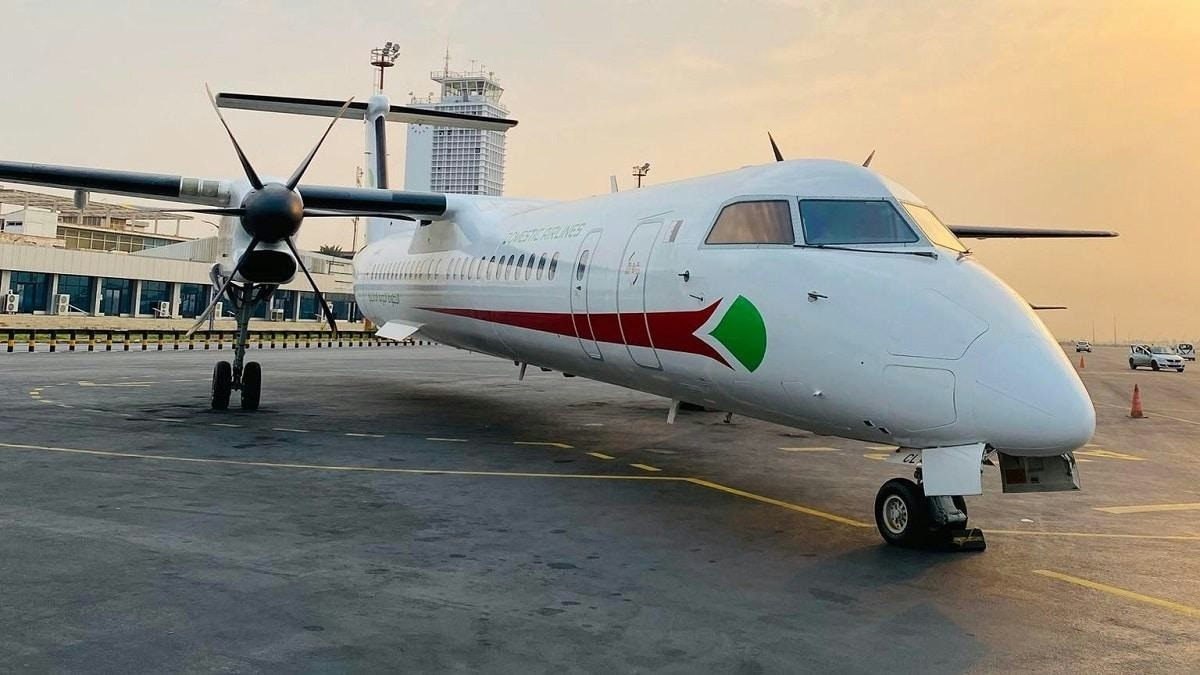
Air Algérie Launches Tour Operator and MRO Subsidiary to Boost African Aviation
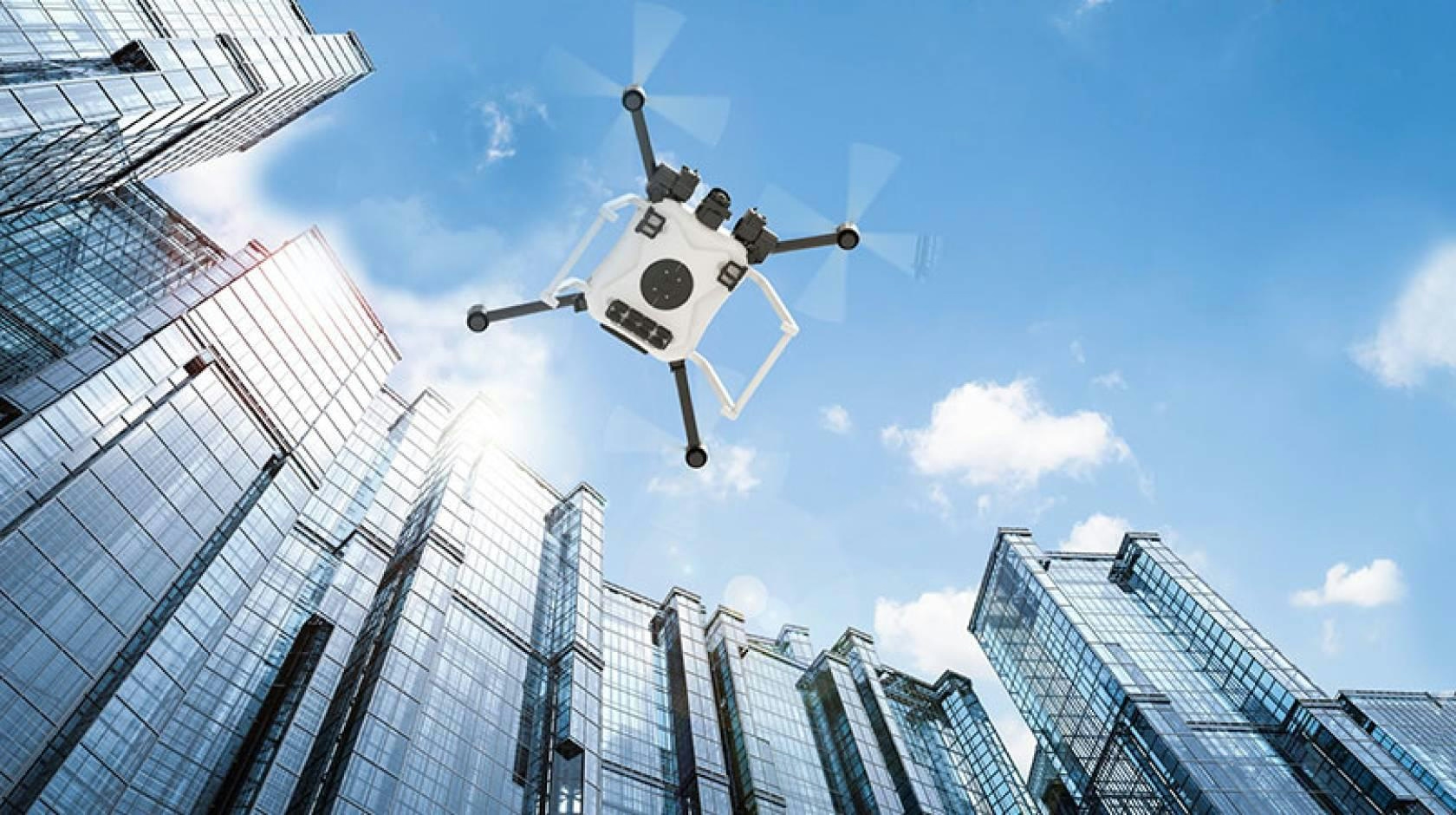
UC Davis Advances Development of Air Taxi Technology
